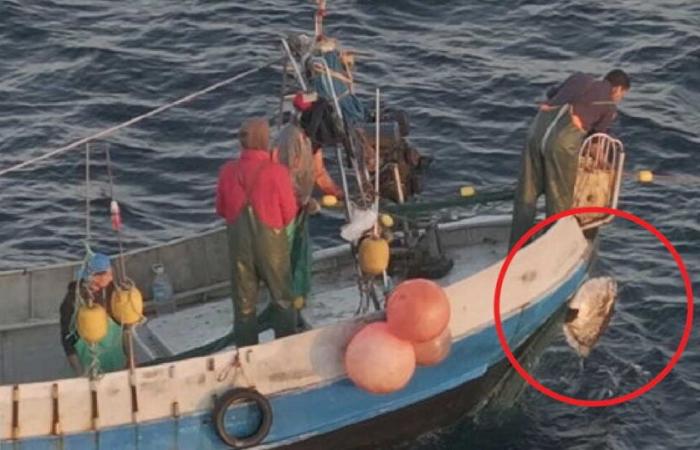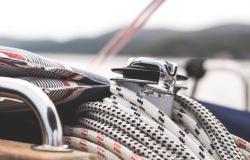Imagine walls several kilometers long… suspended in the ocean. Although the flexibility of drift nets certainly allows them to deform with the currents, for fish, sea turtles or dolphins, these nylon devices are nevertheless as “effective” as a brick or concrete partition – no one ( or almost) does not fall between the meshes.
Even lost following a storm and abandoned by fishermen, these flexible walls continue to cause victims, described as “bycatch”. Not to mention the source of plastic pollution that these “ghost nets” represent!
Due to its impact on marine fauna, this process has therefore been banned. But according to an investigation by the NGO Environmental Justice Foundation (EJF), in the Alboran Sea, in the western part of the Mediterranean Sea connected to the Atlantic by the Strait of Gibraltar between Morocco and Spain, small boats have in fact never stopped deploying their deadly nets.
For small fishermen, migration or illegality
Thus, some Moroccan fishermen would not hesitate to defy the laws of the kingdom in this “high place of biodiversity“ : a third of all species known in the Mediterranean Sea populate this area which covers only 2% of its total surface.
“Fishermen interviewed by EJF said difficult economic conditions [pandémie de COVID-19, crise énergétique consécutive à l’invasion de l’Ukraine par la Russie], combined with lax enforcement of the driftnet ban, leads people to engage in illicit practices to survive or push them to consider migration“note the authors of the report.
“I once managed to free a baby dolphin that was still alive and crying like a little child. I untangled it, grabbed it, took it out of the net and released it . His mother was nearby and she was crying too. It was very sad to see and experience.testifies a fisherman interviewed by the NGO. “If there was another solution, we would stop fishing with these nets.”
The critically endangered swordfish
With the European Union (EU) being the main destination for swordfish from Morocco, experts say member states could “import swordfish caught illegally by vessels using driftnets”which implies a “potential violation of European regulations”. The fish would then be fraudulently presented as “caught with longlines”.
“As the main market, the EU has a duty to ensure that levies [par la pêche] comply with the law and durables“underlines the report, also suggesting measures in favor of “fair transition to preserve the livelihoods of fishing communities in northern Morocco.”
Victim of overfishing for three decades, swordfish is currently in “critical danger” of extinction in the Mediterranean, the biomass of this species having decreased by two thirds since the 1980s.






